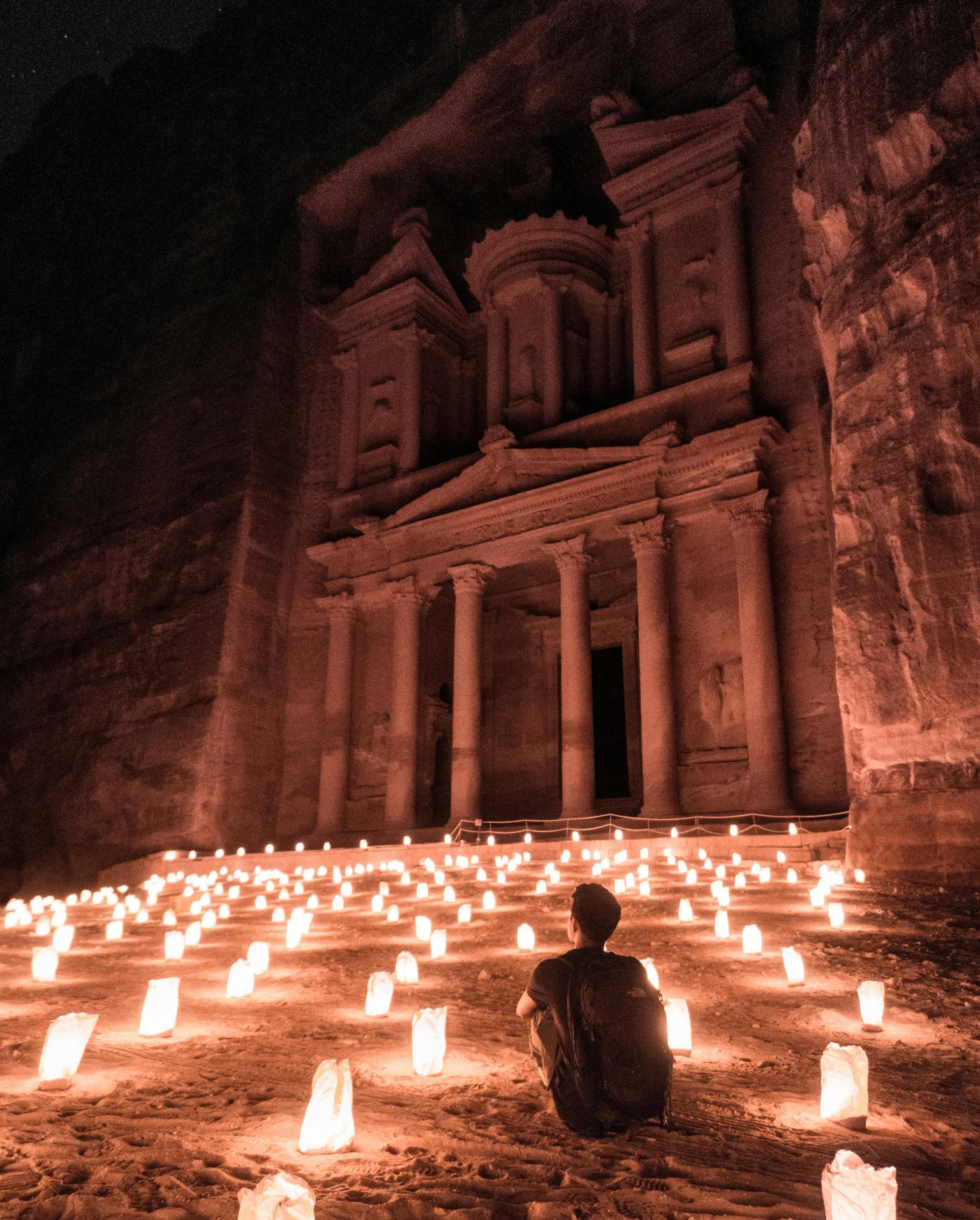Raghadan Palace: Where History Meets Royalty in Jordan
Nestled in the heart of Jordan’s capital, Amman, Raghadan Palace stands as a testament to the nation’s rich history, architectural prowess, and royal legacy. This magnificent structure, serving as one of the official residences of the Jordanian royal family, is not just a palace; it is a symbol of the country’s heritage and cultural significance. As a focal point of the monarchy, Raghadan Palace offers visitors a glimpse into the opulent lifestyle of royalty while also reflecting the deep historical roots of the Hashemite Kingdom of Jordan.
Historical Significance
The Raghadan Palace was commissioned in the early 20th century, during a period of significant change in the Middle East. The Hashemite family, with its roots tracing back to the Prophet Muhammad, played a pivotal role in the Arab Revolt against Ottoman rule during World War I. This revolt led to the establishment of several Arab kingdoms, including Jordan. The palace was built in 1926 to serve as the royal residence and has since been a silent witness to the evolution of the Jordanian state.
Over the years, Raghadan Palace has hosted numerous historical events, including royal weddings, official receptions, and state visits. Its grand halls echo with the voices of dignitaries, foreign leaders, and notable personalities who have sought the hospitality of the Jordanian monarchy. The palace has been a significant venue for diplomatic discussions, underscoring Jordan’s role as a mediator in regional conflicts and a proponent of peace in the Middle East.
Architectural Marvel
Raghadan Palace is an architectural masterpiece that seamlessly blends traditional Islamic design with modern influences. The palace features stunning white limestone facades, grand arches, and intricate mosaics that reflect the artistry of Jordanian craftsmen. Although its design is deeply rooted in Islamic architecture, it incorporates contemporary elements that make it unique.
The entrance of the palace is marked by a majestic gate flanked by tall columns, leading visitors into a spacious courtyard adorned with lush gardens and fountains. The harmony between nature and architecture is evident throughout the palace grounds, creating an atmosphere of tranquility and elegance. The palace’s interior is equally impressive, with lavishly decorated rooms that showcase traditional Jordanian artistry, including ornate carpets, exquisite ceramics, and beautiful calligraphy.
One of Raghadan Palace’s most striking features is its grand ballroom, which hosts state banquets and royal celebrations. This opulent space is adorned with crystal chandeliers, intricate wall carvings, and lavish draperies, making it a perfect setting for formal gatherings. Each room in the palace tells a story, reflecting Jordan’s rich cultural heritage and the royal family’s commitment to preserving its history.
Cultural Hub
Beyond its royal residence, Raghadan Palace serves as a cultural hub promoting Jordanian heritage and arts. The palace often hosts exhibitions and events that showcase the work of local artists, musicians, and craftsmen. This commitment to cultural preservation is part of the royal family’s broader initiative to promote Jordanian identity and pride.
The palace grounds also feature a museum that displays artifacts and memorabilia related to the Hashemite monarchy. Visitors can explore exhibits that detail the royal family’s history, significant events in Jordanian history, and the nation’s evolution. This educational aspect of the palace experience allows visitors to understand better Jordan’s past and the royal family’s role in shaping the country’s future.
The Palace in Modern Context
In recent years, Raghadan Palace has adapted to the changing dynamics of Jordanian society. The monarchy has embraced modernization while remaining firmly rooted in its traditions. This balance is evident in the palace’s governance and public engagement approach. The royal family actively participates in social and humanitarian initiatives, addressing pressing issues such as education, health care, and women’s rights.
King Abdullah II and Queen Rania have been particularly vocal about the importance of youth empowerment and education. Their efforts to reach out to the younger generation reflect a desire to bridge the gap between tradition and modernity, ensuring that the monarchy’s values resonate with the people of Jordan.
Visiting Raghadan Palace
For those looking to experience the grandeur of Raghadan Palace, guided tours are available. These tours allow visitors to explore the royal residence and its grounds. These tours provide insight into the palace’s history, architecture, and the monarchy’s role in contemporary Jordan. Visitors can marvel at the intricate details of the palace’s design, learn about the historical events that took place within its walls and appreciate the cultural significance of the royal family.
The palace is surrounded by beautifully landscaped gardens, providing a serene environment for visitors to stroll and reflect. The gardens are meticulously maintained and showcase a variety of native plants and flowers that add to the palace’s beauty. It is a popular spot for locals and tourists, offering a peaceful retreat from the bustling city.
Conclusion
Raghadan Palace is more than just a royal residence; it is a living museum of Jordan’s history and culture. The palace embodies the spirit of the Hashemite Kingdom of Jordan with its stunning architecture, rich historical significance, and commitment to cultural preservation. As a symbol of royalty and heritage, Raghadan Palace continues to captivate the hearts of those who visit, offering a unique glimpse into a world where history meets royalty.
As Jordan moves forward in the 21st century, Raghadan Palace remains a vital link to the past, a cultural beacon for the future, and a cherished landmark in the hearts of the Jordanian people. Whether for tourists exploring the richness of Jordanian heritage or locals reflecting on their royal legacy, Raghadan Palace stands as a proud testament to a nation that honors its history while embracing the promise of tomorrow.



